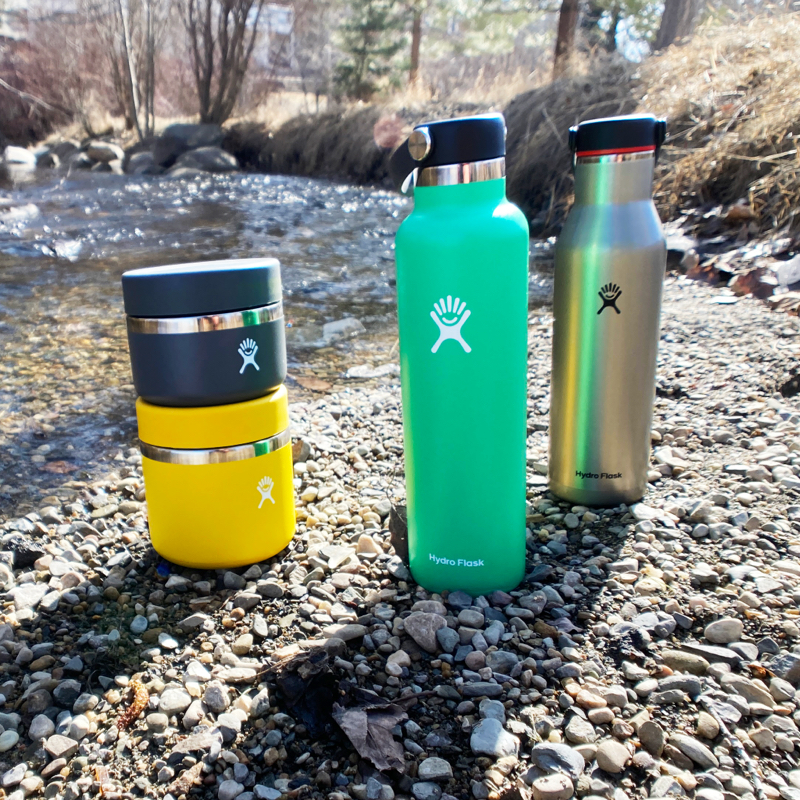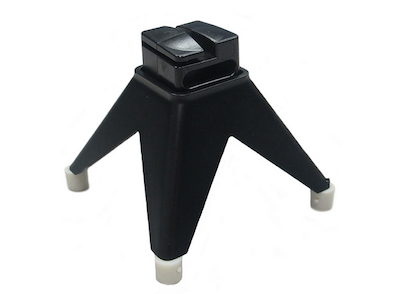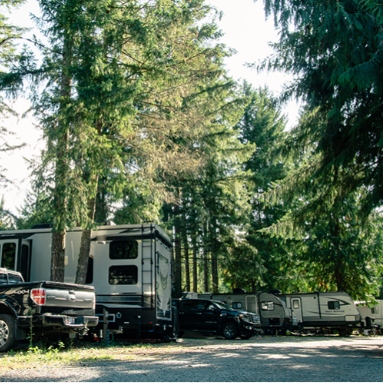Buy a binocular—see the world
Extend the limits of your eyes with a binocular
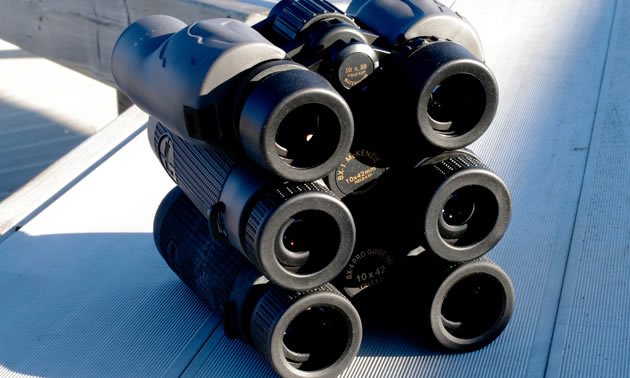
I was probably seven years old when I picked up my first binocular and looked out my uncle’s front window.
“Binoculars,” I said. That made everybody laugh.
“That there is a binocular,” my uncle said, “If you had one in each hand, you would have binoculars. Adjust them so the two circles you see become one.”
He showed me how to adjust the binocular to fit my small face, so I saw only one perfectly overlapped circular view of the world. For most of my life, I have been thrilled by what a binocular can do. My first binocular was purchased over 30 years ago and it still works fine. Now I have three, and I might buy another one.

Purpose and price
“Two things you need to decide before starting your binocular search is purpose and price,” said Troy Flasch of Korth Industries, who distributes Leupold optics and provides factory service in Canada.
Will you carry these like a hunter––strapped to your chest from sun up till sundown––or will you use them to watch eagles nest on the far side of the lake from an Adirondack chair on your cottage deck? Are you the serious birder who demands the best in colour rendition and fine detail or will you be satisfied with the folding mini kind that fits in your shirt pocket for occasional viewing while hiking?
Deciding what you will likely use your binocular for helps narrow the field. And narrowing the field is a good thing, because there are plenty of options. Like most things in life, there are trade-offs. Trade-off in binocular selection happens between cost, brightness, clarity and weight. Bright, near-perfect glass will cost as much as a couple of mortgage payments, but there are plenty of great options for the equivalent of a car payment or less. My advice is to buy the best binocular you can afford.
Narrowing the options
There are two main types of binocular: porro prism and roof prism. Porro-prism binoculars are the dog leg-shaped ones. These tend to be lower in price because they are easier to manufacture. They tend to be a little heavier but can provide excellent optical value.
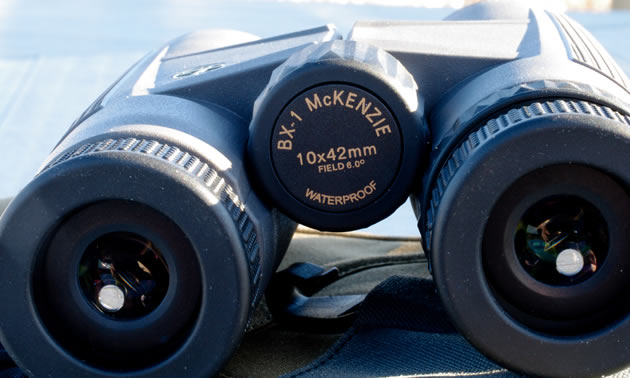
Roof prisms are the straight ones: they tend to be longer than the roof-prism variety. This style is most popular among outdoor enthusiasts including birders. The drawback for roof-style binoculars is they are tougher to manufacture, and they tend to cost more. Each do their job well.
“Everyone focuses in the centre of the image but focus on the edge of the view to check the resolution,” said Flasch. “Compare binoculars in the same price range and in the same magnification.”
Magnification and objective
Magnification is the number of times normal view is multiplied to seem closer. And the objective lens is the opening that faces what you are looking at. Each binocular has a magnification and objective lens size description, such as “10 x 40.” The first number is the magnification, in this case 10 times magnification. The second number is the size of the objective lens opening expressed in millimeters (mm); this one is 40 mm or about 1.6 inches wide. An 8 x 50 would be eight times magnification with 50-mm (two-inch) objective lens.
With binoculars, as price goes up so does quality. Leupold quality includes a lifetime warranty and nitrogen-purged interiors for a fog-free lifetime of viewing.
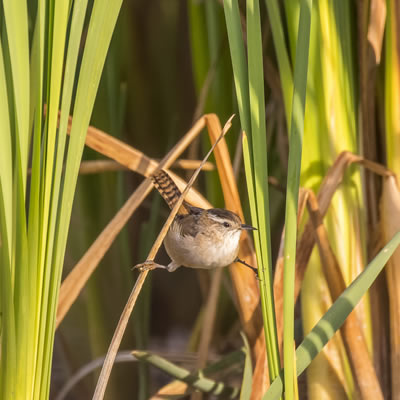
In my opinion, a 50-mm objective and above are sitting glass. You might even want to mount these larger binoculars on a tripod to keep them absolutely still for periods of extended viewing. Those with 40-mm glass seem to me to be perfect for all-day wearing on a harness in either eight or 10 power. The 20- and 30-mm glass are the lightest of binoculars and easiest to carry, but the smaller objective admits less light that a 40-mm objective.
A good binocular allows you to observe animals at a distance and will increase your understanding of the natural world and the pleasure of hiking, camping or just relaxing on a stump.
Buy a binocular . . . see (more) of the world.
Additional accessories for your binos:
- Lens pen
- Lens wipes
- Carrying case
- Carrying harness





